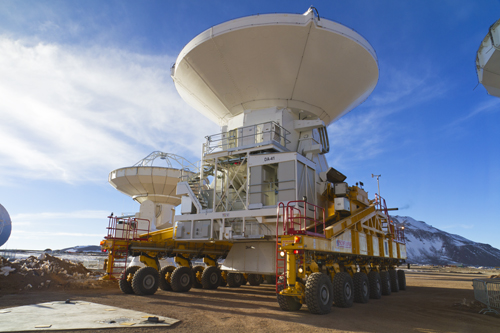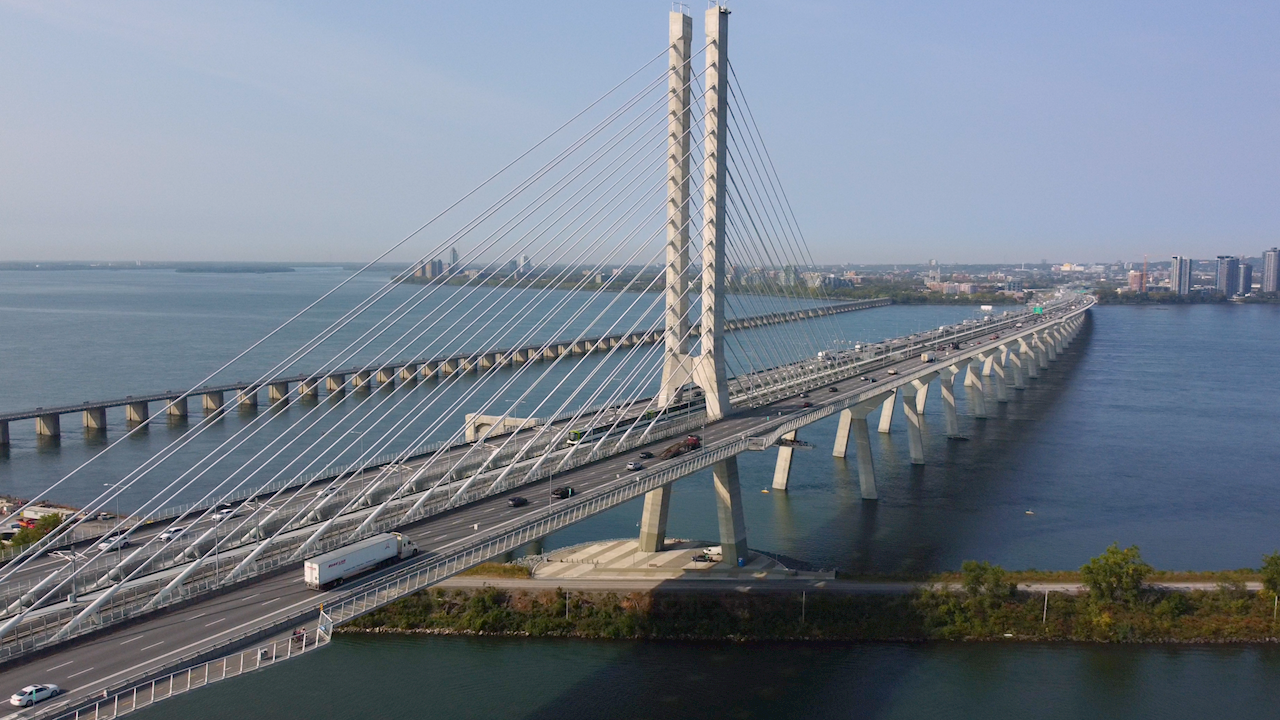
While Neil Armstrong’s and Edwin Aldrin’s first footsteps on the moon in July, 1969, to this day remains one of the most iconic moments in human history, mankind’s fascination with space dates back to centuries beforehand.
Historical records pinpoint the earliest working telescopes back to the early 1600s and in the time since technological advances have helped mankind create the likes of the Hubble Space Telescope, the Large Binocular Telescope and the Kepler Mission. These creations have in turn brought us some of the most breath-taking images of our universe, stoking the imaginations of a whole new generation of space aficionados.
While the names of the telescopes and satellites themselves are becoming increasingly well known, it would remiss of us not to throw a spot light on the companies whose work is helping to provide us with a whole new view of the cosmos.
Thales Alenia Space is the European leader when it comes to satellite systems and a major player in orbital infrastructures. A joint venture between Thales and Finmeccanica, Thales Alenia Space sets the global standard in solutions for space telecommunications, radar and optical Earth observation, defence and security, navigation and science. With consolidated revenues of €2.1 billion in 2011, Thales Alenia Space has 7,500 employees in France, Italy, Spain, Germany, Belgium and the United States.
On 14 January, 2013, the company achieved a significant milestone in its recent history when it announced that it had completed delivery of 25 dishes, each 12 metres in diameter, for the antennas making up the Atacama Large Millimeter/Sub-millimeter Array (ALMA) astronomical observatory in northern Chile, a huge international program built in partnership by Europe, North America and East Asia.
Built at 5,000 meters above sea level, the ALMA observatory will ultimately comprise 66 adjustable parabolic antennas capable of simultaneously observing the sky at millimetric and sub-millimetric wavelengths. This highly innovative facility will give astronomers an opportunity to study the birth of the universe and to obtain highly detailed images of the formation of stars and planets in our galaxy.
ALMA construction and operations are led on behalf of Europe by the European Southern Observatory (ESO), on behalf of North America by the National Radio Astronomy Observatory (NRAO) and on behalf of East Asia by the National Astronomical Observatory of Japan (NAOJ). “ALMA is clearly a giant of a project and among the biggest ever conceived in terms of astronomy from the earth,” states Vincenzo Giorgio, of Thales Alenia Space Italy, Responsible for Exploration and Science.
The 25 antennas that Thales Alenia Space was awarded the European contract to manufacture weigh approximately 100 tonnes each, a size that necessitates the use of a special 28-wheel vehicle and a reinforced road in order to move each structure from its assembly point to its final destination.
To obtain the needed accuracy, the dishes of the antennas have to be extremely light and stable. This has been achieved by the use of ultra-stable CFRP (carbon fibre reinforced plastic) for the reflector base and of rhodium-coated nickel for the reflecting panels. The surface of the 12-meter dish, must be accurate to within 25/1000 of a millimetre, and cannot change due to any operational conditions, including wind, temperature fluctuations, solar irradiation and the frequent relocations of the antennas with their special vehicle.
“Building a 12-metre dish to these exacting standards was a real challenge for us,” Giorgio continues, “particularly the process of creating a form of industrial production for all 25 of the antennas.” In addition to the sheer volume of work this project entailed, challenges would also centre on maintaining cost controls and a strict delivery timetable that required a production rate of around two antennas every three months.”
In order to negotiate such a large project it was imperative that Giorgio and his team were able to guarantee that the financial performance of the company could be maintained throughout its undertaking. Meanwhile, in terms of the construction process itself, while the company was already familiar with the types of material that would be required to complete a job of this size, the application of these elements was hugely different to anything it had undertaken previously.
Nevertheless, as Giorgio goes on to state, Thales Alenia Space benefited from the use of an in-built secret weapon, so to speak. “When it comes to any scientific work that we conduct we always take a first-time approach to each project: that is a characteristic that I would say is very much a part of our DNA. We know from experience that in this line of work you never build the same satellite, or in this case antenna, twice. It is for this reason alone that we approach each task with an open mind and a clear desire to produce the best results.”
In addition to cost and delivery concerns, the company also had to strongly factor in the long-term operation of the antennas once in place and active. One example of an issue that had to be overcome involved the rhodium-coated reflecting panels, of which each antenna possesses more than 100, and how these could be replaced as efficiently as possible should the need to arise during the life of the project.
The company’s solution was to design and construct a unique automatic tool that is able to change the affected panel in as short a time as possible and with maximum precision. This is just one of a number of examples of the skilled work that Thales Alenia Space has contributed towards the ALMA project.
“The fact that we have been able to deliver our incredibly vital contributions to this project, and do so to a higher standard of quality than that which was initially expected, has unquestionable helped to boost our own reputation in the marketplace,” Giorgio concludes. “What is equally important to us however is the fact that we can proud to have supported a project that will go on to provide hugely significant data to the scientific community for many years to come.”
Written by Will Daynes, research by Richard Halfhide



 ThalesAlenia-Euro-Manu-July13-Bro-s.pdf
ThalesAlenia-Euro-Manu-July13-Bro-s.pdf









